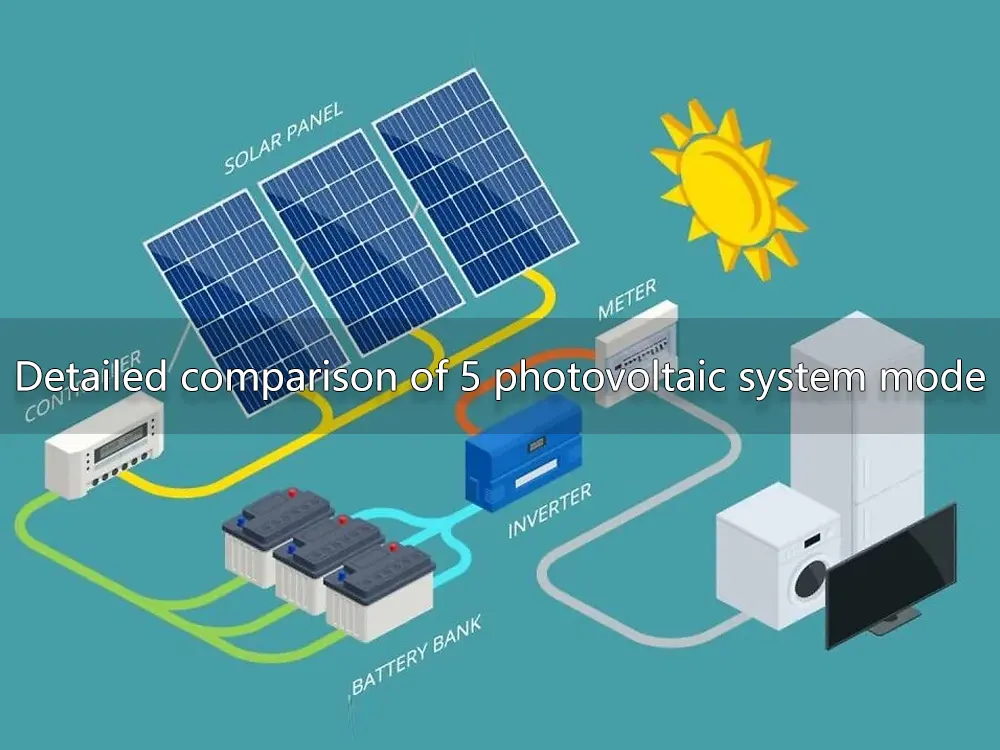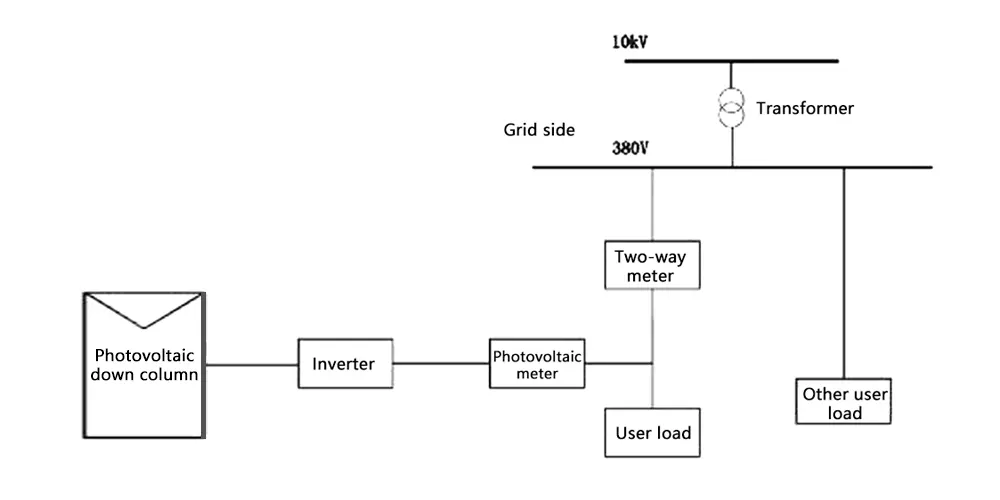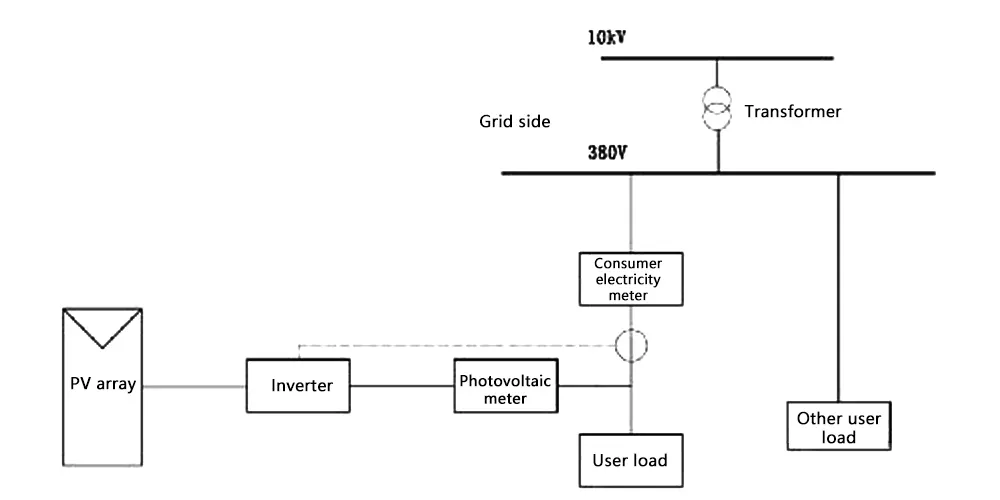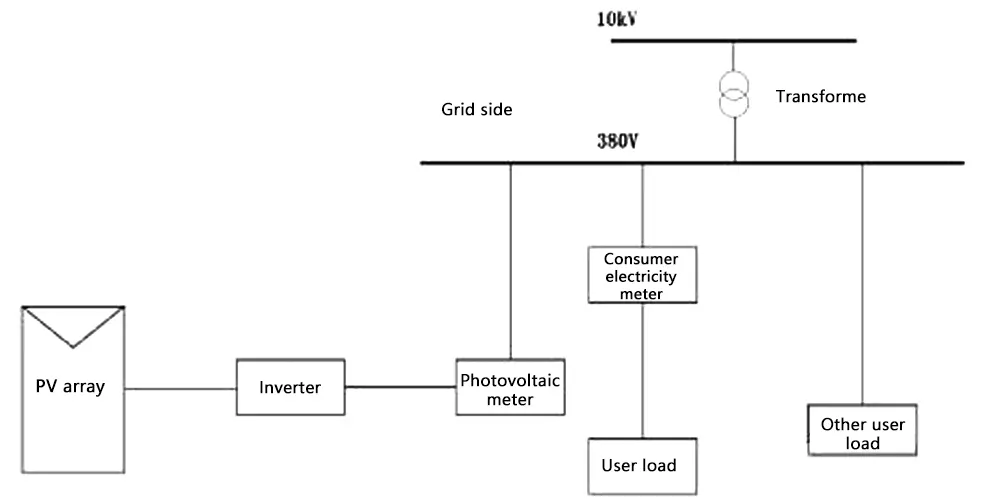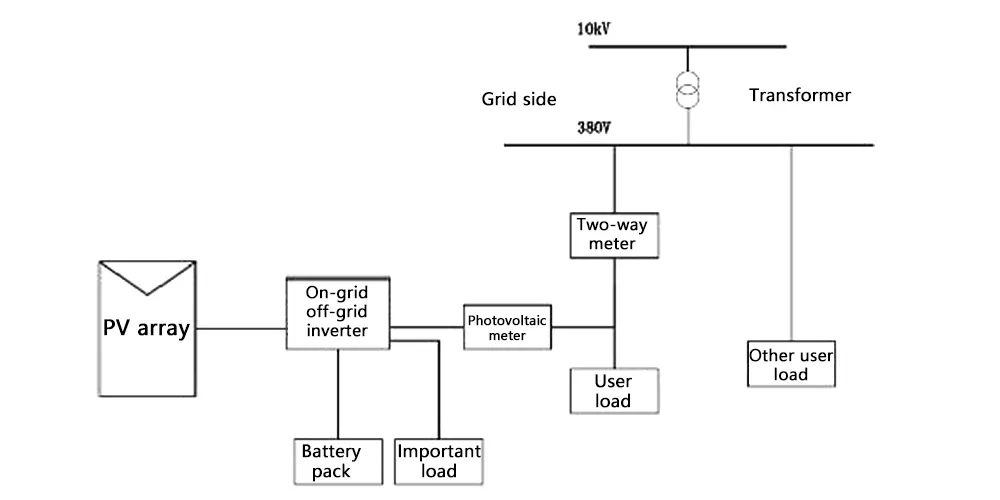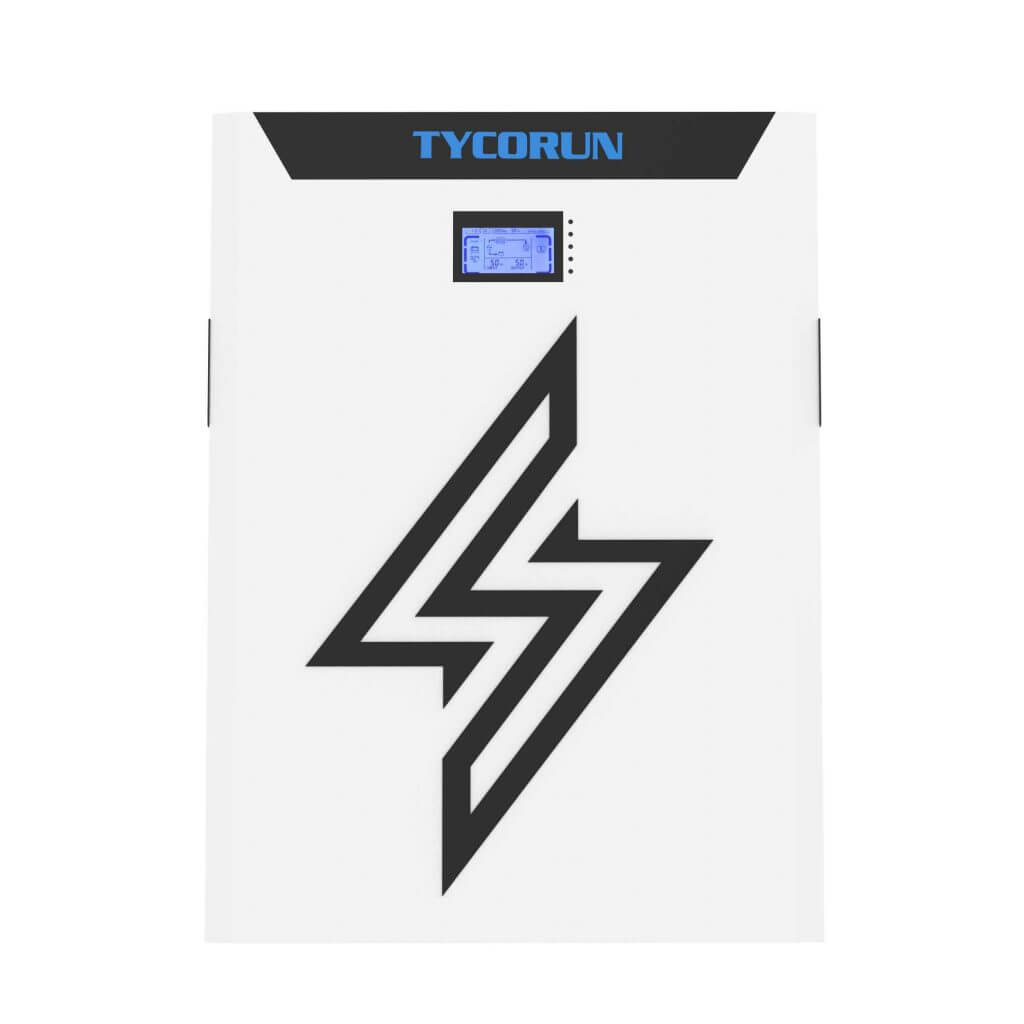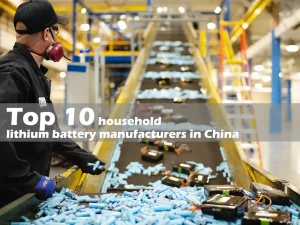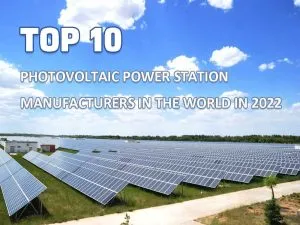Detailed comparison of five photovoltaic system modes

Self-generated electricity and connected to the grid
This photovoltaic system mode is the most common mode for everyone, and generally distributed power generation photovoltaic system mainly adopt this mode.
The power generated by the photovoltaic system can first meet its own load, and the excess power can be sold to the grid company to avoid waste;
If the electricity generated by photovoltaic system is not enough for the load, it will be supplemented by power supply from the grid.
However, the access of this mode needs to negotiate the relevant power sales agreement with the grid company, taking into account the interests of both parties.
The power grid company installs a two-way smart meter to measure the power generation of the photovoltaic system and the power consumption of the user respectively, and pays or charges the electricity fee according to the policy and negotiated electricity price.
The biggest disadvantage of this operating model is that its revenue model cannot be fixed. The proportion of self-generated and self-use and the proportion of surplus electricity connected to the grid are always changing, and the estimated value of the power station financing and sale may be discounted compared with the actual output.
Even the employer cannot obtain a reasonable asset value because he is worried about the future operating conditions of the users.
Self-generated electricity but not connected to the grid
The notable feature of the grid-connected mode for self-use and self-use is “grid-connected but not connected to the grid”. The access point of this model is at the lower end of the power grid company’s meter, which is the private side of the complete demarcation point of property rights.
Theoretically, the power grid company will not interfere with the access of the system, but this mode requires that photovoltaic system power generation cannot be sent out (to the grid).
Therefore, there must be a set of anti-backflow device. When the power generated by the photovoltaic power station exceeds the load consumption, the anti-backflow device must feed back the signal to the inverter.
The inverter will reduce capacity and generate electricity according to the load condition, so as to meet the load demand and not transmit power to the grid, so as to achieve the anti-backflow function of the photovoltaic system.
This photovoltaic system mode is generally applied to the case where the power load on the user side is large and the power load is continuous, and there are few shutdowns or semi-stops in a year.
Or even during the holidays, the user’s power consumption maintenance load is enough to consume most of the power generated by the photovoltaic system, and the power generated by the photovoltaic system should be used up as much as possible without causing waste.
Full on-grid photovoltaic system mode
This grid-connected mode is to directly connect the AC output of the photovoltaic system to the low-voltage or high-voltage side of the grid, that is, the grid side where property rights are demarcated.
In this way, the electricity generated by the system is directly sold to the power grid company, and the sales electricity price usually adopts the local average on-grid electricity price, and the electricity price of the user remains the original electricity price unchanged.
This model of selling electricity directly online is also the mainstream of photovoltaic applications; because its financial model is simple and relatively reliable, it is willing to be favored by investors.
Off-grid photovoltaic system mode
This off-grid mode is also called an independent photovoltaic power station, which is a power generation system that operates independently of the grid; this power generation system is widely used because it is not restricted by region.
It can be installed and used as long as there is sunshine, so it is very suitable for remote areas without grid, isolated islands, fishing boats, outdoor breeding bases, etc., and can also be used as emergency power generation equipment in areas with frequent power outages.
But this kind of photovoltaic system must be equipped with batteries, and occupies a relatively high cost of the power generation system. Moreover, affected by the service life of the energy storage battery, maintenance and replacement are required, which increases the cost of use.
Therefore, in terms of economy, it is difficult to be widely used, so it is not recommended to use in places where electricity is convenient. It is also very practical for families in areas without grids or areas with frequent power outages. Especially purely to solve the lighting problem during power outages.
Therefore, the photovoltaic system for off-grid power generation is specially used in areas without grids or areas with frequent power outages. Photovoltaic products such as photovoltaic street lights and lawn lights are also photovoltaic off-grid systems.
On-grid off-grid photovoltaic system mode
The application scenarios of this on-grid/off-grid mode are frequent power outages, or scenarios where the electricity price for self-use is much more expensive than the on-grid electricity price, and the peak electricity price is much more expensive than the valley electricity price;
This is to use photovoltaics to supply power to the load, which can be set to output at the peak of the electricity price to reduce electricity expenses; the second is to charge in the valley of the electricity price and discharge at the peak, and make money by using the price difference between the peak and the valley;
The third is that when the grid supplies power normally, the system operates as a normal grid-connected system. The electricity generated by photovoltaics is given priority to supply power to the load, and the excess electricity is stored in batteries or sold to the grid;
When the power grid fails, photovoltaics can continue to generate electricity, and the inverter can be switched to off-grid working mode. The photovoltaic system continues to work as a home battery backup power supply. Photovoltaics and batteries can supply power to important loads through the inverter without causing waste.
Both the on/off-grid mode and the off-grid photovoltaic system mode require batteries, and the initial investment cost is relatively large. The access of this photovoltaic system mode needs to negotiate the relevant power sales agreement with the grid company, taking into account the interests of both parties.
Generally speaking, most of them will adopt the grid-connected mode; which one to choose can be selected according to the specific requirements of the project. Household batteries used in off-grid photovoltaic systems are generally rack-mounted or wall-mounted like powerwall battery.
And odm lithium ion battery pack manufacturer TYCORUN ENERGY’s energy storage battery can be used as a rack or as a powerwall, so it has attracted a lot of attention. If you are interested, you can click the picture below to enter the product page to get a free quotation.
51.2v 100ah wall-rack mount lifepo4 battery 3U

